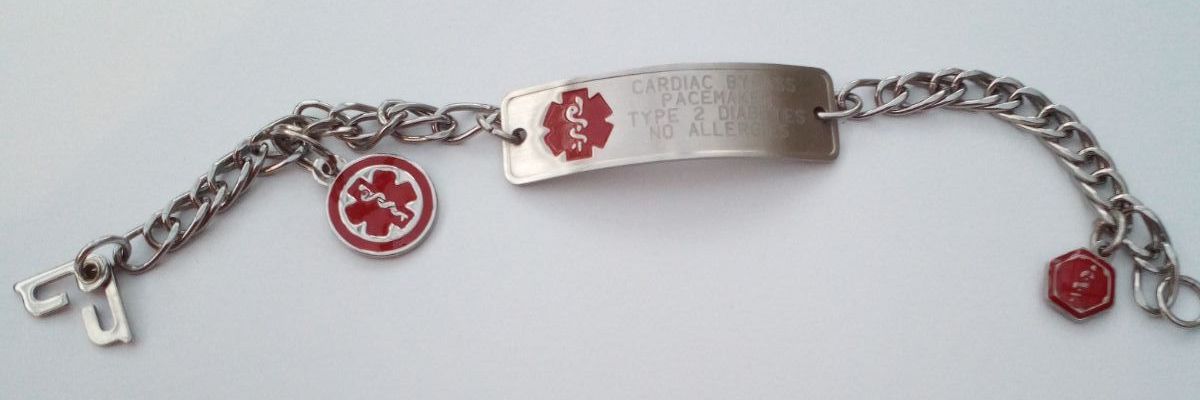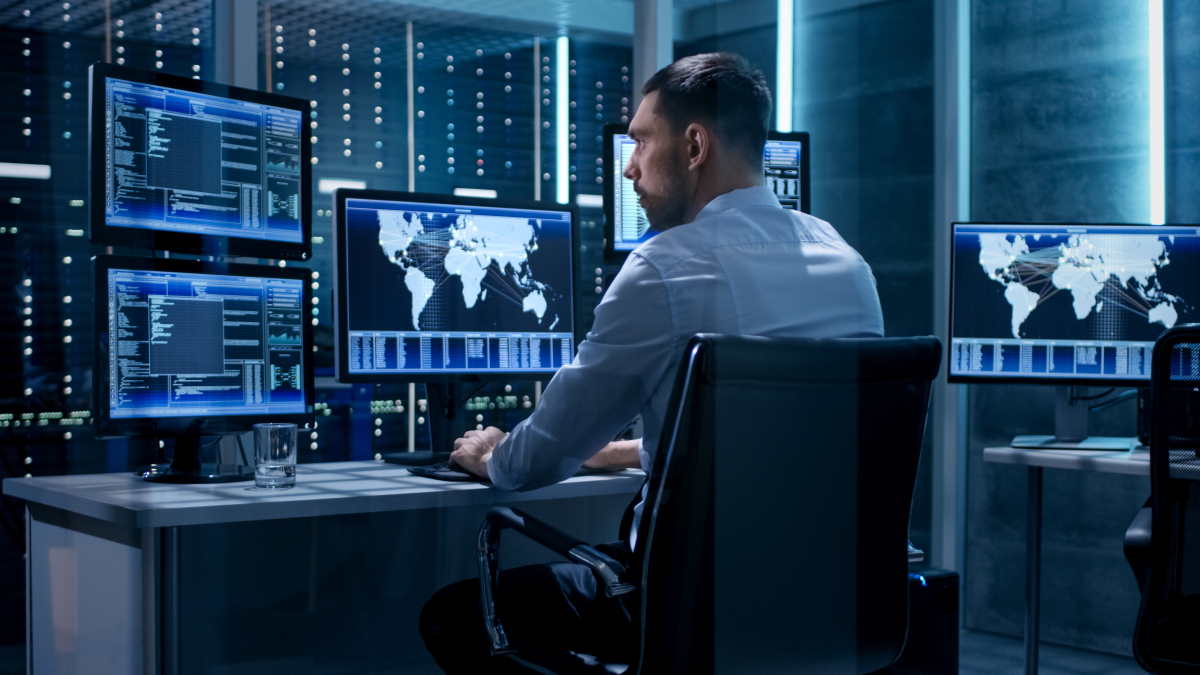If you suspect medical malpractice in Greenville, start by recognizing the warning signs, such as unexpected complications or delays in diagnosis. Document everything meticulously, including dates, treatments, and communications with providers. Next, gather your medical records and consult trusted experts to evaluate your situation. Engaging a specialized malpractice attorney is essential; they can help assess your case and guide you through the legal landscape. Don’t overlook filing a formal complaint if warranted, and be open to exploring settlement options. Following these steps can greatly impact your outcome, and further insights can enhance your understanding of this process.

Recognize the Signs
Recognizing the signs of medical malpractice is essential for safeguarding your health and rights. You need to be vigilant about any discrepancies in your medical care that could indicate negligence or incompetence.
Common symptoms of malpractice can include unexpected complications following a procedure, a delay in diagnosis, or an unnecessary treatment plan. If your condition worsens despite following your healthcare provider’s recommendations, it’s time to take a closer look.
Additionally, pay attention to how your concerns are addressed. If your questions are dismissed or if you feel pressured into decisions without adequate explanations, these could be red flags.
You have the right to receive clear information about your treatment options, potential risks, and expected outcomes.
Document Your Experience
When you suspect medical malpractice, documenting your experience becomes essential to building a strong case. Start by creating a detailed incident timeline. Record every interaction you’d with healthcare providers, including dates, times, and the nature of each encounter. This timeline will serve as a solid foundation for your account of events.
Next, gather witness statements. If friends, family members, or other patients were present during your treatment, ask them to share their observations. Their accounts can provide significant context and corroborate your claims. Make sure to document their statements in writing, capturing as much detail as possible.
Don’t forget to note specific medical terms, procedures, and any abnormalities you observed. This information can be critical in illustrating the standard of care expected in your situation.
If you receive any written communications from your healthcare provider, keep copies of those as well.
Gather Medical Records
Gathering your medical records is an essential step in building a case for suspected medical malpractice. These documents provide important evidence, allowing you to substantiate your claims regarding the quality of care you received.
Start the medical record retrieval process by contacting healthcare providers involved in your treatment. Be specific about the records you need and the time frame they cover, as this can expedite the process.
While it’s important to gather these records, be mindful of patient privacy concerns. Under laws like HIPAA, you have the right to access your medical information, but providers may require you to fill out a request form or provide identification.
Be prepared for potential delays, especially if your records are held by multiple providers or facilities.
Once you have your records, review them thoroughly. Look for any discrepancies, missing notes, or anything that seems out of place. These details can be essential in establishing your case.
Consult With Trusted Experts
Consulting with trusted experts is an essential step in steering through your concerns about potential medical malpractice. Medical experts provide invaluable insights that can clarify whether the care you received met established standards.
Start by gathering trusted referrals from friends, family, or other healthcare professionals who can point you toward reputable specialists in your area.
Once you’ve identified a few potential medical experts, schedule consultations to discuss your situation in detail. Be prepared to share your medical records and any documentation you’ve gathered.
These experts will assess your case’s specifics, helping you understand if the treatment you received deviated from accepted medical practices. Their objective opinions can be significant in determining the validity of your concerns.
In addition, trusted experts can guide you on the next steps you might consider, depending on their assessment. Their professional evaluations not only lend credibility to your suspicions but can also assist you in making informed decisions moving forward.
Seek Legal Advice
Seeking legal advice is essential if you suspect medical malpractice, as an experienced attorney can help you navigate the complexities of your case. Malpractice attorneys specialize in understanding the legal rights of patients and can provide you with vital insights into your situation.
They’ll help you determine whether your case has merit and guide you through the necessary steps to pursue compensation.
When you consult with a malpractice attorney, you’ll discuss the specifics of your case, including the details of the medical treatment you received and the alleged negligence involved. This initial evaluation is critical, as it sets the stage for your legal strategy.
A knowledgeable attorney will also help you gather evidence, including medical records and expert opinions, to strengthen your claim.
Understand the Legal Process
Once you’ve sought legal advice, it’s important to understand the legal process that follows a medical malpractice claim. Familiarizing yourself with legal terminology and court procedures will empower you to navigate the complexities ahead.
Initially, your attorney will conduct a thorough investigation, gathering evidence, medical records, and expert testimonies to establish a solid case. This phase is significant, as it sets the foundation for your claim. Once your attorney believes there’s sufficient evidence, they’ll prepare to file a complaint, but the groundwork laid during this stage is fundamental.
Next, you’ll enter the discovery phase, where both parties exchange information and evidence. This process can be intricate, involving depositions and interrogatories, so it’s important to stay engaged. Throughout this time, your attorney will help you understand the implications of legal terminology and guide you in responding to any requests or questions.
Finally, if your case doesn’t settle during negotiations, it may proceed to trial. Here, you’ll witness court procedures firsthand. Understanding these steps can alleviate anxiety and prepare you for what comes next, ensuring you’re an informed participant in your pursuit of justice.

File a Complaint
Filing a complaint is an important step in pursuing your medical malpractice claim. This formal action not only alerts the appropriate authorities but also sets the stage for your case to be taken seriously.
Start by identifying the correct file types for your situation, which may vary by state or governing body. You’ll need to gather relevant documents, including medical records, bills, and any other evidence that supports your claim.
Next, familiarize yourself with the specific complaint procedures in your jurisdiction. Each state has its own rules regarding how to submit complaints against healthcare providers, and adherence to these procedures is vital. This might involve submitting your complaint to a medical board, hospital administration, or even a regulatory agency.
As you prepare your complaint, be concise but thorough. Clearly outline the facts of your case, including what occurred, how it deviated from accepted medical standards, and the impact it had on your well-being.
Prepare for Potential Litigation
Preparing for potential litigation can often feel overwhelming, but it’s imperative to approach it methodically. Start by gathering all relevant documentation related to your case. This includes medical records, billing statements, and any correspondence with healthcare providers. Having this information organized will be essential for building your case.
Next, consider your litigation strategies. Consult with an attorney who specializes in medical malpractice to discuss your options and develop a solid plan. They’ll help you understand the legal process, including statutes of limitations and the necessary steps to file a lawsuit.
Furthermore, identify potential expert witnesses who can substantiate your claims. Expert witnesses play a critical role in medical malpractice cases, as they can provide professional opinions on standards of care and how they were breached. Your attorney can assist in finding qualified experts who are respected in the medical community.
Lastly, maintain clear communication with your legal team. Keep them updated on any new information or developments. This collaborative approach will enhance your chances of achieving a favorable outcome as you navigate the complexities of litigation.
Explore Settlement Options
Settlement options can provide a viable alternative to the lengthy and costly litigation process in medical malpractice cases. Engaging in a settlement negotiation can save you time, money, and emotional stress.
Often, insurance companies prefer to settle claims rather than face a trial, which means you might receive financial compensation sooner than expected.
Before entering negotiations, assess the full extent of your damages—this includes medical expenses, lost wages, and pain and suffering. Knowing your worth will empower you during discussions.
It’s also wise to consult with a legal professional who specializes in medical malpractice; they can provide valuable insights and help you navigate the negotiation process effectively.
During the settlement negotiation, be prepared to present evidence supporting your claim. This might include medical records, expert testimonies, and documentation of financial losses.
Approach the negotiation with an open mind, as initial offers may be lower than anticipated. Remain firm but flexible, and don’t rush into an agreement without fully understanding the terms.
Ultimately, settling can lead to a quicker resolution, allowing you to focus on recovery while ensuring you receive the financial compensation you deserve.
Frequently Asked Questions
How Long Do I Have to File a Medical Malpractice Claim?
You’ve got limited time to file a medical malpractice claim due to statute limitations. Typically, claim deadlines range from one to three years, depending on your state. Don’t wait; consult a legal professional promptly.
What Constitutes a Valid Medical Malpractice Case?
A valid medical malpractice case arises when a healthcare professional fails to meet the standard of care, leading to patient harm. You must prove this negligence directly caused your injuries to pursue a successful claim.
Can I Sue for Emotional Distress in Malpractice Cases?
Yes, you can sue for emotional distress in malpractice cases, but you must meet specific legal requirements. Proving emotional damage often requires substantial evidence, including medical records and expert testimony to support your claim effectively.
Will My Insurance Cover Legal Fees for Malpractice Claims?
Your insurance policies may cover legal representation in malpractice claims, but it depends on the specific terms. Review your policy details or consult your provider to understand what expenses might be covered during this process.
How Can I Find a Qualified Malpractice Attorney?
To find a qualified malpractice attorney, research their qualifications, focusing on experience with similar cases. Consult reviews and referrals, ensuring they have a solid track record in securing favorable outcomes for clients like you.
Conclusion
If you suspect medical malpractice, taking action is essential. By recognizing the signs and documenting your experience, you lay the groundwork for your case. Gathering medical records and consulting experts will strengthen your position, while seeking legal advice guarantees you understand your rights. Filing a complaint and preparing for potential litigation can lead to justice. Don’t hesitate to explore settlement options, as they may provide a timely resolution. Your health and well-being deserve the utmost attention and care.


















